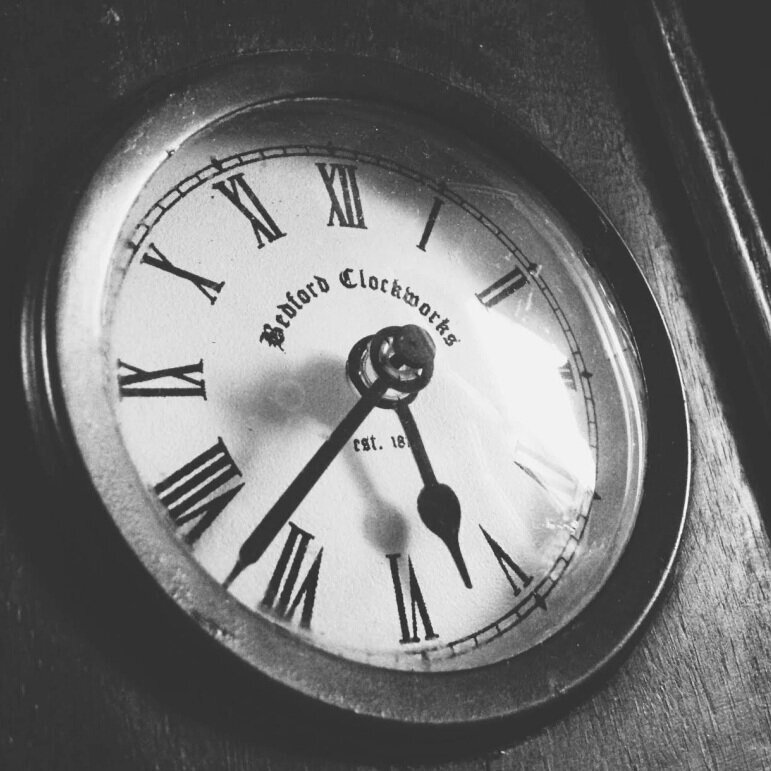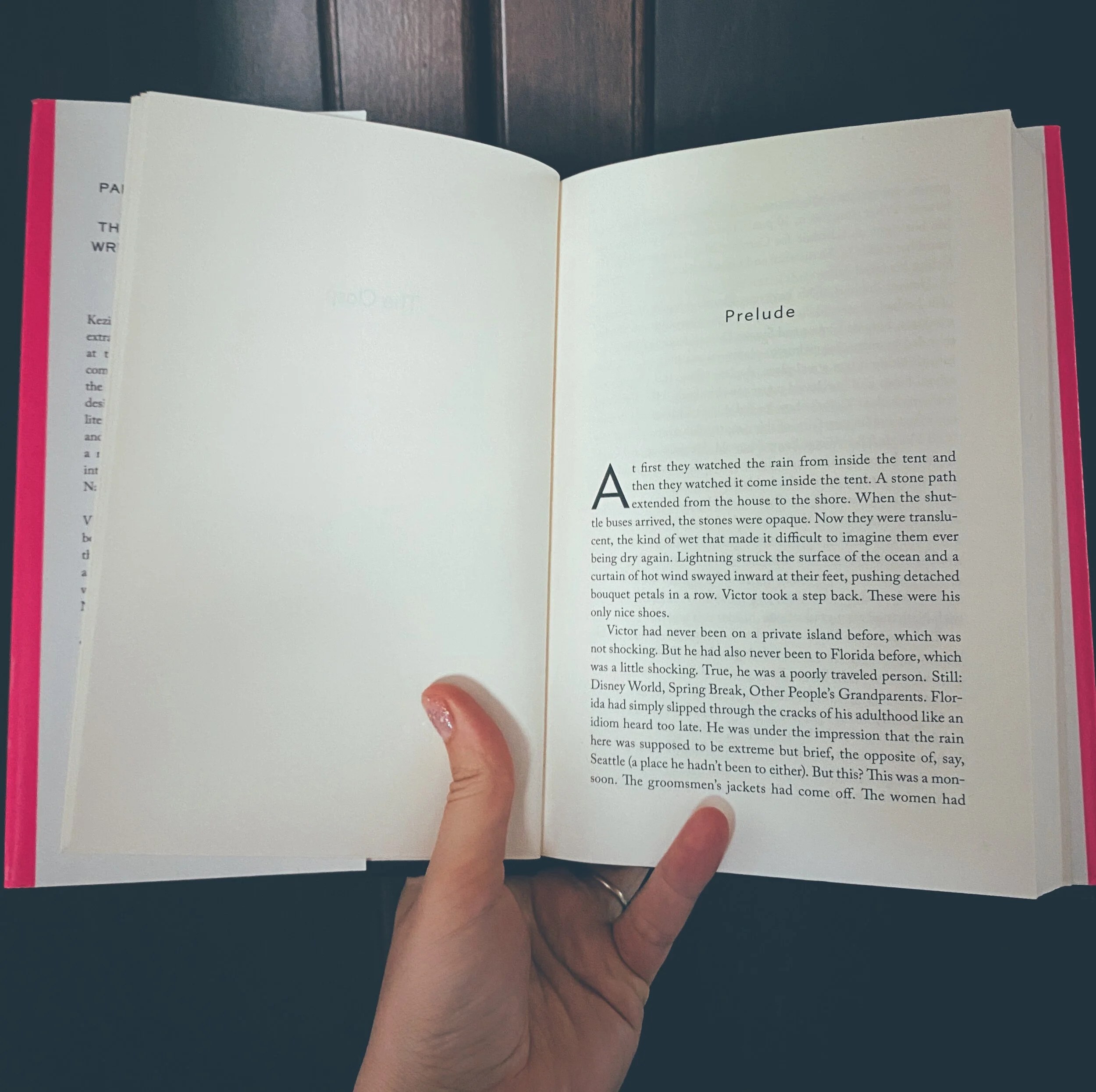The Power of Little Minutes
As legions of folks have lately discovered, time moves differently when you work from home, far from the mutterings and ministrations of colleagues and bosses and the general public.
This sense of remove can be pleasant, but it can also make the days feel interminably long, which makes taking work breaks all the more essential.
Unfortunately, unplanned work breaks can also engender deep guilt and self-recrimination.
All you newly minted work-from-homers have noticed this, too, I’d wager.
I’ve worked largely from home for a decade, so I’m abidingly familiar with the joys — and dangers — of self-imposed breaks, frequent or otherwise.
With the world at our fingertips and nobody looking over our shoulders, distraction beckons constantly.
Why finish this dull proposal when I could learn about harvesting kale, the lunar cycle, or Kiera Knightley’s kyphosis? (Look it up, but only if you’ve got 20 minutes to kill.)
Over time, most remote workers learn to resist that perpetual lure (or we don’t, and we lose our jobs or end up working far into the evening or weekend just to catch up, which is truly awful).
Yes, we must resist the urge to distractedly click over, over and over, to non-work-related windows and screens.
But breaks are a fundamental human right!
So, in the interest of fully enjoying them, we need to become more intentional about how we take them.
For starters, this means learning to distinguish between a legitimate breather and flat-out shirking. Otherwise, you’ll feel guilty every time you click away from a work project and over to a digital diversion or something dinging on your phone, even when it’s lunchtime, even when you’ve earned it, even when you’ve been at a thing for hours and the rest is hard-earned. And that sucks.
The best way to make the distinction? Be more intentional and explicit with yourself, by reminding yourself that a break is sanctioned at the outset. I do this by saying to myself — out loud! — “Let’s take a little minute.”
The second key to successful break-taking is to determine the length of the break at the outset. How many Little Minutes will you allot yourself? One, five, or ten minutes often does the trick. (Any longer, and it’s really a lunch, which is a whole nother can of worms in itself.)
Then, stick to your predetermined limit. Set a timer if you aren’t good at watching a clock, but whatever you do, don’t go over, or you’ll send whatever procrastination and/or guilt impulses you harbor into overdrive, and that can really tank a day’s work.
Another wise idea: determine at the start of each day the rough rhythm you’d like each day to take. Do you want to reward yourself with a five-minute break each hour? Or are longer chunks of space-out time, spread further apart, more your jam? Do you like taking a lunch, or would you rather work through the midday meal and give yourself four 15-minute breaks over the course of several hours? And it’s also smart to switch things up from day to day, based on the tasks required of you and your mood/energy level.
My last tip: Experiment with the format! Try 90 minutes on, 10 minutes off. Try 60 minutes on, 5 minutes off. Try working straight through the morning and enjoying a leisurely noontime break. Get up earlier. Start later. See what keeps you focused and motivated. See what throws you way off. Take notes, and adjust accordingly.
Once you get a rhythm going, you’ll find that Little Minutes make long isolated days bearable. They enable you space-out, guilt-free, for a predetermined chunk of time before returning to the grind. Then, when time’s up, no excuses, you’re right back at it, easy as pie.
That’s it. Boom. Work-at-home breaktimes nailed.





